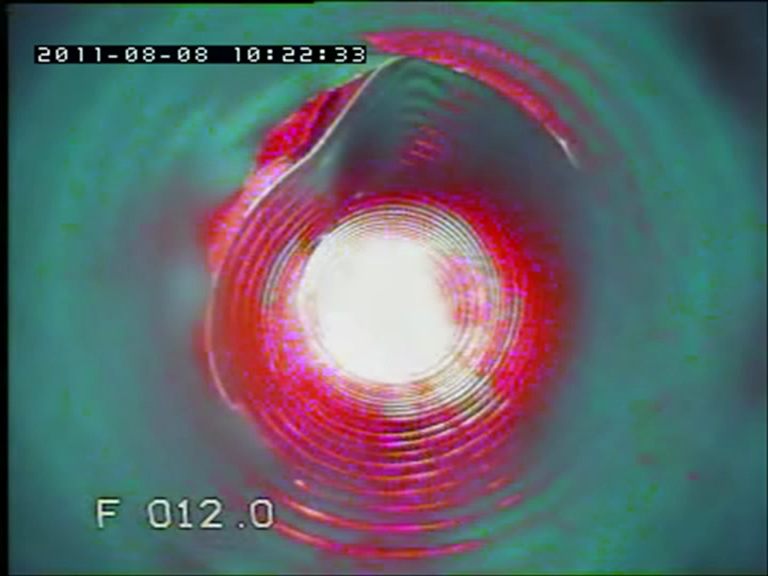
Poor quality in the construction industry is one of the most common issues that results in lost time and additional costs to a contract. Year on year it costs contractors millions of pounds, damages relationships with Clients, places additional pressures on Site Teams attempting to complete a contract or results in further intervention from Designers through lengthy reports. The implication of finding such workmanship issues can be carefully navigated through controls and an understanding of what is required and what is expected from the specification/design prior to putting people to work. As with most things any defects in construction require re-work to correct the problem and the longer defects remain uncorrected, the more rework we are likely to encounter and the more rework there is likely to be involved. Ensuring that the work force and supervision have the right skills and knowledge, right tools and materials and, following completion, the right protection will all help prevent this from happening.
In the next series of posts I have decided to look at specific issues with different activities and to compile a list of checks that can be undertaken by the Engineer or Supervisor, with some examples, to help check and ensure that we are identifying the major and sometimes minor details that people miss when planning or executing an activity. As suggested earlier defects can be avoided by sufficient planning and adequate monitoring. Allowing enough time for the work to be done properly and in the correct sequence is always particularly important.
The first at avoiding common defects will look at one of the most common and versatile construction materials used in civil engineering – reinforced concrete. Following on from that I will go through various other trades and activities which include;
- Formwork
- Falsework and Temporary Works
- Pre-concrete Checks
- Concrete Checks
- Earthworks Planning, Bulk Cut/Fill Operations and Finishes
- Drainage Planning, Pipelaying and Chambers
- Roadworks – Type 1 Sub-base
- Roadworks – Kerbs and Finishes
- Surfacing
- Sheet and Bearing Piles
- Setting Out Checks
- Landscaping
- Safety Fencing
- Signs
- Temporary Works
- Bridge Bearings
Whilst we review the checks that we should look in the coming weeks there are some simple first steps that can be implemented to ensure the right ethos is achieved with the team to achieve good planning, good leadership and a culture that promotes good quality.
- Ensure everyone knows and understands the contractual project requirements and specifications from the designer and the client or clients representative. No client wants a bad job.
- Always read the label – People should be encouraged to refer to British Standards, European Standards and Trade or Manufacturer literature. Instructions are there for a reason, if you don’t follow them it will not go well.
- Learn to recognise what good looks like. If it doesn’t look right, it probably isn’t and don’t be afraid to stop the work if anything looks wrong. Allowing it to continue could cost more money.
- Make sure that everyone is qualified, competent and capable for the activity that you are planning to execute. Hiring a bricklayer when you need a joiner will never work. You should never assume specialist trades know what acceptable quality is, just because they come in a van with a logo on it does not mean they know what they are doing.
- Don’t assume a manufactured product is correct, always check what you pay for. Quality is still an issue in a factory, even where quality controls are stricter.
- Follow the Inspection and Test Plan set out by the Quality Team and Quality Manager, get involved with its production and complete quality inspection records as the work progresses. Quality can be as onerous as you like and sometimes those with the most letters after their name don’t always realise the workload they are enforcing on people.
- Ensure everyone understands the activity, the sequence and what is expected and always take photographs of the works as they progress and get sign off from those accountable or executing the work.

Making sure that we have enough competent supervision for the normal working week is essential before we move to increase working time to either weekend and/or night work as these are times when defects occur most frequently. We should also scrutinise our reliance on our supply chain and their ability to supervise and correct defects in the manor that we require, from painful experience there will always be a percentage that will not return to undertake the work so early intervention is essential.
Effectively its down to you to ensure that you are right first time because if you think quality is expensive…try building it twice.




